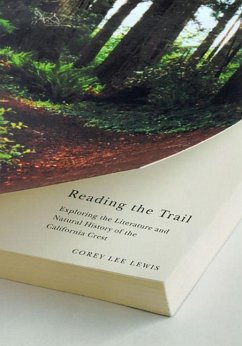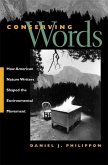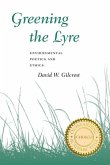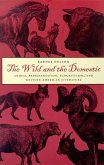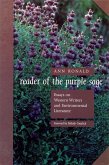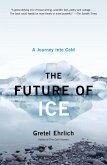John Muir, Mary Austin, and Gary Snyder are perhaps best known for their connection to specific California ecological regions--Muir's Sierra Nevada "Range of Light," Austin's southern "Land of Little Rain," and Snyder's "Kitkitdizze" region of the north. In Reading the Trial, ecocritic and outdoorsman Corey Lewis proposes a provocative new way to read and interpret the classic works of these major nature writers and to bring their ideas into the discussion of ecological values and viable responses to the current environmental crisis. The literary work of Muir, Austin, and Snyder reflects intimate and passionate knowledge of their chosen regions. Their activist efforts contributed to the preservation of wilderness areas and national parks in the ecosystems they lived in and wrote about. In Reading the Trail, Lewis combines a lucid, perceptive discussion of their work and ideas with an engaging, closely observed account of his own trail experiences as a hiker/backpacker and volunteer trail builder, thereby achieving a new and deeper appreciation of their writing and values. He proposes that such a combination of literary study and experiential projects allows teachers to enrich the understanding of students and lay readers to find new insights into the work of nature writers and the purpose and importance of the environmental movement. The book will be inspiring reading for teachers of literature and natural science, and for lovers of the outdoors seeking new ways to explore the natural world.

